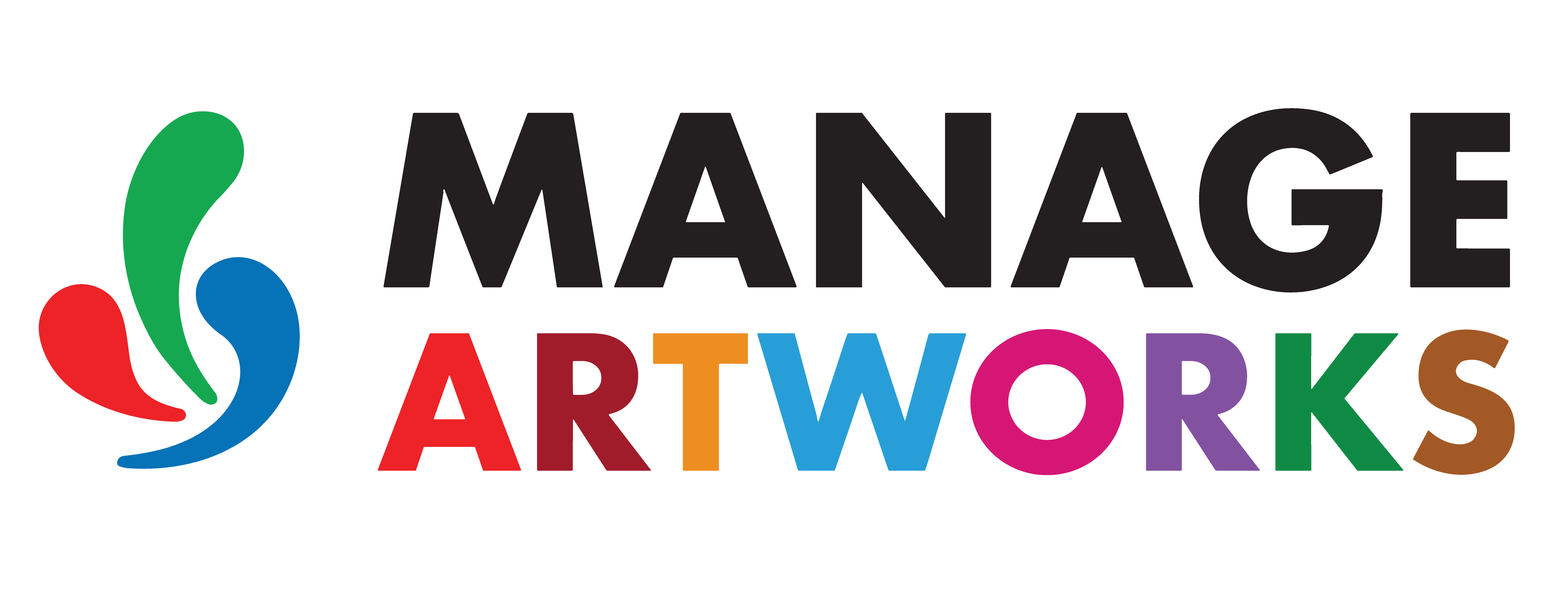Layer Tool
The Layer tool in ManageArtworks allows users to view artwork layer by layer, providing greater control and clarity during proofing and review.
In most cases, designers create artwork using multiple layers, as it offers a non-destructive workflow — allowing them to manage elements such as text, keylines, Braille, dielines, and graphics separately.
The Layer tool does not create new layers or modify existing ones. Instead, it reads the layers already embedded within the uploaded artwork file and displays them for inspection. Users can then select and isolate specific layers they wish to view or validate, enabling focused analysis of particular content areas without visual clutter from other design elements.
The tool reads layer metadata directly from the PDF file. So that the system performs layer-level analysis, enhancing proofing accuracy for both design and compliance validation.
Best Practices
Follow these best practices to ensure accurate layer detection, analysis, and proofing within ManageArtworks.
01. Export Artwork with a Layered Structure
- Always export artwork as layered PDFs from design tools such as Adobe Illustrator, InDesign, or similar applications.
- Avoid flattening or rasterizing files before submission, as it removes layer metadata.
- During export, enable the Preserve Layers option to retain structural information.
02. Isolate Technical Content in Separate Layers
Place functional or technical elements such as Braille, Keylines (KLD), Barcodes, and Regulatory Text on dedicated layers.
Suggested naming conventions:
Braille_LayerKLDBarcodeRegulatory_Text
This separation ensures cleaner analysis and prevents non-relevant elements from interfering with automated validations.
03. Use Clear and Descriptive Layer Names
- Replace generic names such as Layer 1 or Untitled with meaningful labels like:
Text_Main,Barcode,Background,Logos, etc. - Clear and consistent naming helps the system auto-classify and validate layers more effectively during proofing.
04. Ensure All Layers Are Visible and Unlocked
Before exporting the artwork file:
- Unlock all relevant layers.
- Make visible any layers containing important design or regulatory content.
- Avoid hiding or locking layers that are critical for review or approval.
05. Maintain Proper Layer Stacking and Visual Clarity
- Prevent overlapping of technical elements (e.g., Braille, barcode, or KLD) with background images or text.
- Maintain adequate white space around sensitive elements to ensure readability and visibility.
- Follow logical stacking — technical or structural elements (such as KLD) should be placed behind visual design layers for clarity and print accuracy.
